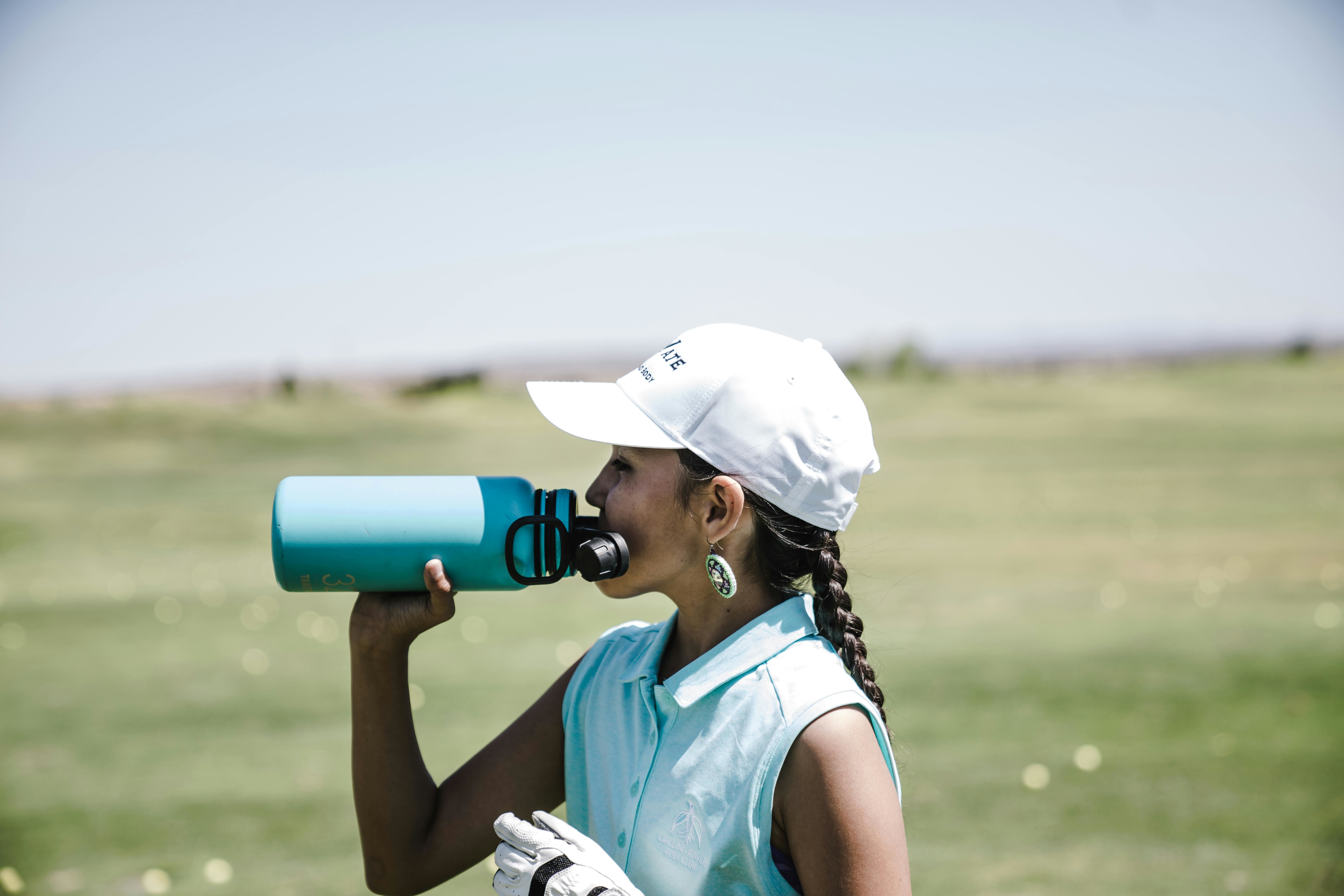
Early kidney disease often has no noticeable symptoms. Many people only realize something is wrong when they experience fatigue, swelling, or foamy urine—but by then, kidney function may have already declined significantly! Statistics show that 60% of kidney disease patients are already in the late stage when diagnosed. Without proper management, they may face dialysis within 15 years.
🔎 How to Detect Kidney Problems Early?
Doctors emphasize that two key numbers in health check reports are crucial for early detection!
✅ Glomerular Filtration Rate (eGFR):
A blood test that measures kidney filtration ability.
🔹 Normal range: 90-130 ml/min/1.73m²
🔹 Below 60? This indicates kidney function decline—seek further evaluation!
✅ Urine Albumin-to-Creatinine Ratio (UACR):
A urine test that assesses kidney damage.
🔹 Normal range: Below 30 mg/g
🔹 Above 30? This could be an early warning sign of kidney disease!
🌟 The Earlier the Treatment, the Better the Kidney Protection!
Health insurance now covers SGLT2 inhibitors for non-diabetic chronic kidney disease (CKD) stage 3-4 patients, helping slow kidney function decline. Research shows that starting treatment in stage 2 (eGFR 60-89) can delay dialysis by 26 years—or even prevent it for a lifetime!
📌 Kidney Health Checklist
✔ Get regular checkups and monitor your eGFR & UACR levels
✔ Reduce salt and sugar, and avoid high-fat, high-sodium diets
✔ Stay hydrated to reduce kidney strain
✔ Control blood pressure & blood sugar to protect kidney function
✔ Avoid overuse of painkillers that could harm your kidneys
👨⚕ Doctor’s Reminder:
"Many people have health check results but don’t know how to interpret them! Take out your health report now and check your eGFR and UACR levels. The sooner you take action, the better your chances of avoiding dialysis!"